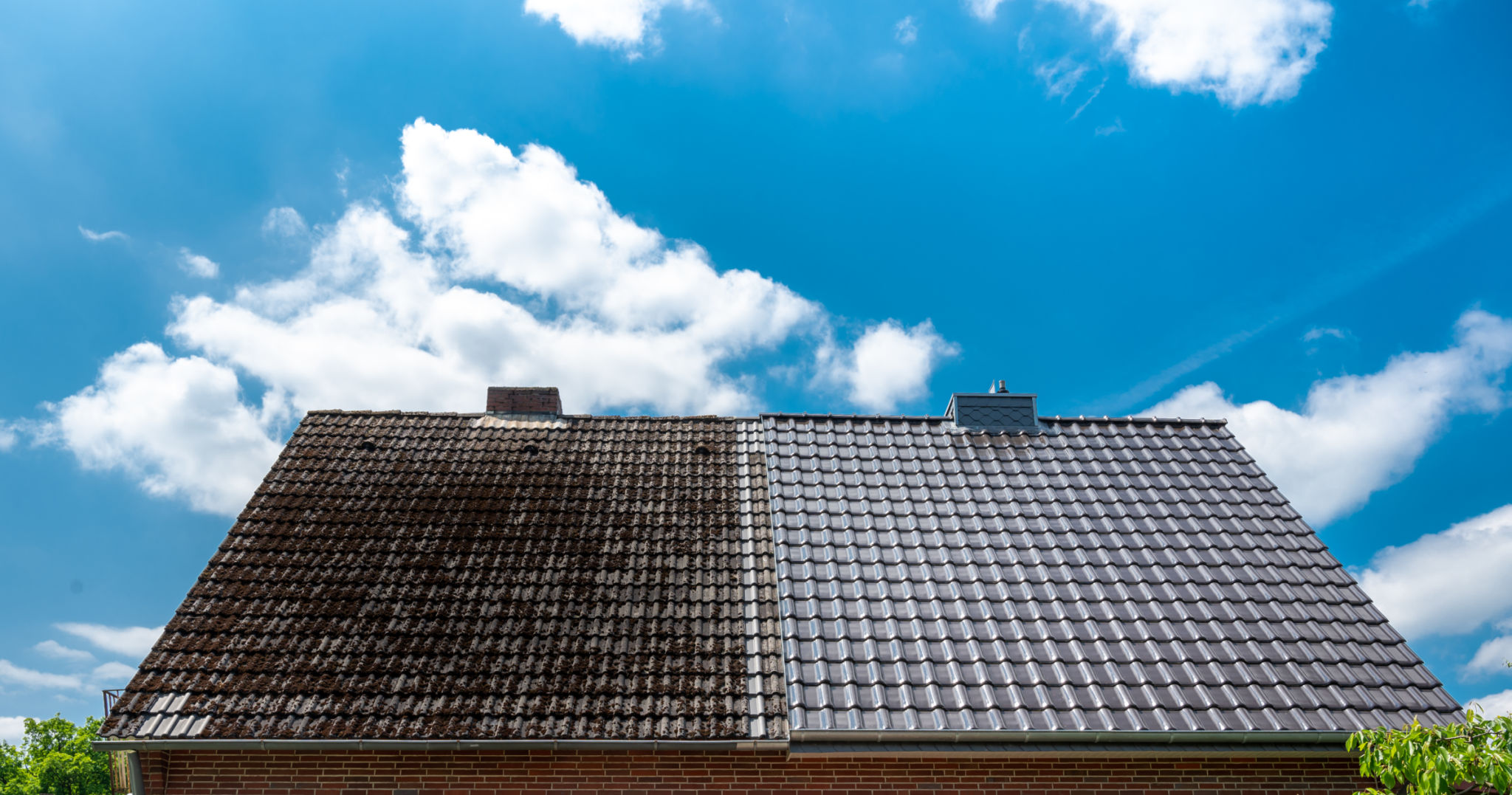How to Know When to Replace Your Roof: Signs and Solutions
Understanding the Lifespan of Your Roof
A roof is one of the most critical components of a home, providing protection against the elements and insulation for your living space. However, like any other part of your house, it won’t last forever. Understanding the typical lifespan of your roofing material can help you anticipate when it might need replacing. Most asphalt shingles, for example, last between 20 to 25 years, while metal roofs can last up to 50 years or more.
Knowing these timelines can set expectations, but it's also essential to recognize specific warning signs that indicate your roof may need attention sooner rather than later.

Visible Signs of Roof Damage
Regular inspections are crucial to spotting early signs of roof damage. Start by examining the shingles. If you notice any that are cracked, curling, or missing, these are clear indicators that your roof requires repair or replacement. Additionally, check for granules in your gutters, as a significant amount can suggest your shingles are deteriorating.
Another sign of potential roof failure is sagging. A drooping roofline indicates structural issues that could lead to more severe problems if not addressed promptly. In such cases, immediate professional assessment is recommended.

Interior Indicators of Roof Issues
Your attic or upper floors can also provide clues about the health of your roof. Look for water stains or signs of leaks on the ceilings and walls. These could indicate that water is finding its way through your roof and into your home. Mold and mildew growth are also red flags that moisture is present where it shouldn’t be.
If you notice any of these signs inside your home, it's crucial to act quickly to prevent further damage and potentially costly repairs.
High Energy Bills
Surprisingly, an increase in your energy bills could also be a signal that your roof needs attention. If your roof insulation is failing, your heating and cooling systems must work harder to maintain a comfortable temperature inside your home. This inefficiency often translates to higher energy costs.

Solutions to Roof Problems
If you've identified any of these signs, it’s time to consider your options. Here are some steps you can take:
- Repair: For minor issues like a few missing shingles or small leaks, repairs might suffice. A professional roofer can assess the damage and provide solutions.
- Replacement: If the damage is extensive or if your roof is nearing the end of its expected life span, replacement might be the best option.
Consulting with a trusted roofing professional is crucial to determine the most cost-effective and long-lasting solution for your situation.
Choosing the Right Roofing Material
When replacing a roof, selecting the right material is an important decision. Consider factors such as climate, aesthetic preferences, and budget. Asphalt shingles are popular due to their affordability and ease of installation, while metal roofs offer durability and energy efficiency.

Other options include wood shakes, slate, and tile, each offering unique benefits and price points. Consulting with a roofing expert can help you weigh these factors and choose the best material for your home.
Conclusion
Knowing when to replace your roof is key to protecting your home and avoiding costly repairs. By recognizing the signs of damage and understanding the solutions available, you can make informed decisions that ensure the longevity and safety of your home. Regular inspections and professional consultations are invaluable tools in maintaining a healthy roof over your head.